7.2.2 Typical Section
Rural arterial example typical sections are shown in
through
below. The geometric dimensions shown in these sections may be adjusted in accordance with
.
Selection of the appropriate cross-section is important for optimal safety and operational performance.
provides guidelines on selecting optimized cross-sections for rural highways that are not divided with a median barrier. For additional guidance on roadway cross-section optimization, see
.
AADT | Driveway Activity Index 1 per Mile | Truck Percentage | Preferred Cross-Section |
|---|---|---|---|
≤ 3,000 | Any | Any | Two-Lane Undivided / Two Lanes with TWLTL |
3,000 – 15,000 | ≤ 30 | Any | Super 2 |
> 30 | ≤ 15% | Super 2 with TWLTL | |
16% - 25% | Super 2 with TWLTL | ||
> 25% | Four Lanes with TWLTL | ||
15,000 – 20,000 | ≤ 30 | ≤ 15% | Four Lanes with 4-ft Median Buffer 2 |
16% - 25% | Four Lanes with 4-ft Median Buffer 2 | ||
> 25% | Four Lanes with TWLTL | ||
> 30 | ≤ 15% | Four Lanes with 4-ft Median Buffer 2 | |
16% - 25% | Four Lanes with TWLTL | ||
> 25% | Four Lanes with TWLTL | ||
≥ 20,000 | Any | Any | Four Lanes with TWLTL / Four-Lane Divided |
Notes: | |||
| |||

Figure 7-1: Rural Typical Section – 2 Lane
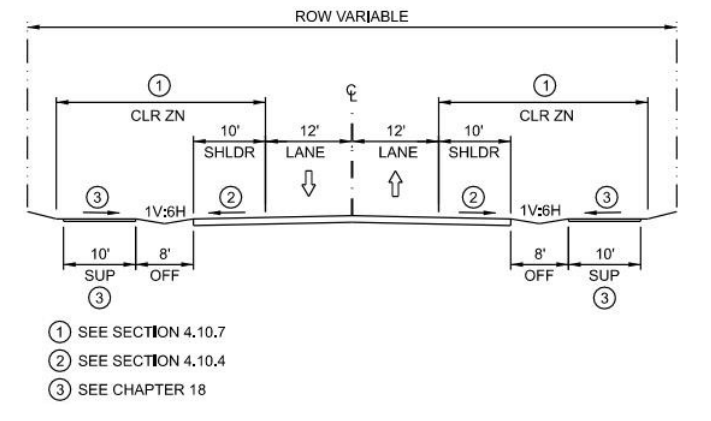
Figure 7-2: Rural Typical Section – 2 Lanes with SUP
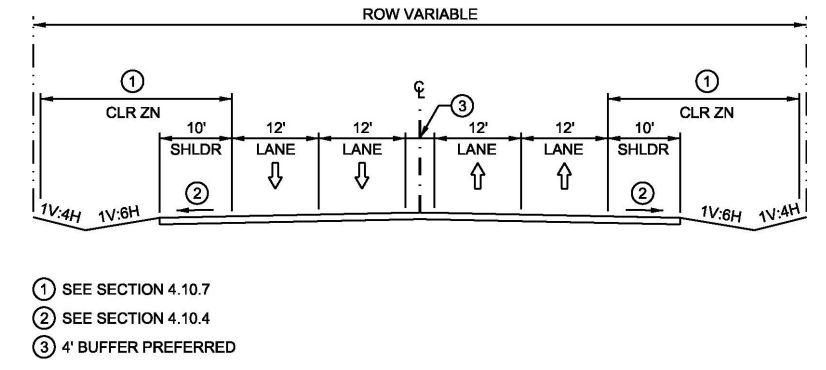
Figure 7-3: Rural Typical Section – Multilane Undivided with Median Buffer
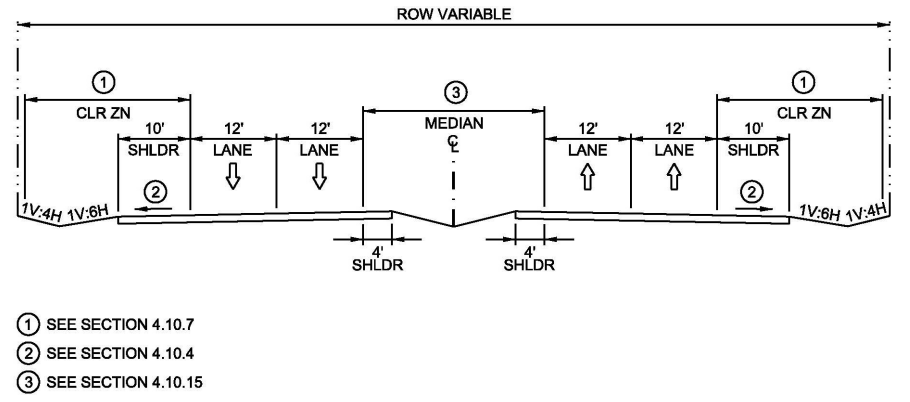
Figure 7-4: Rural Typical Section– Multilane Divided (4 Lanes)
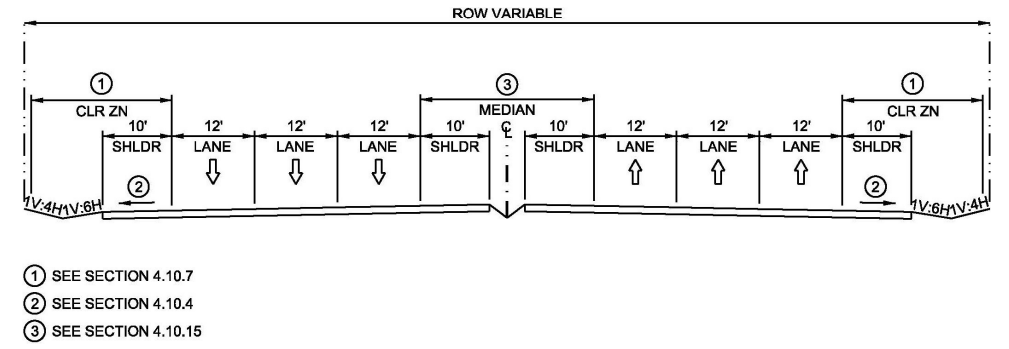
Figure 7-5: Rural Typical Section – Multilane Divided (6 or More Lanes)
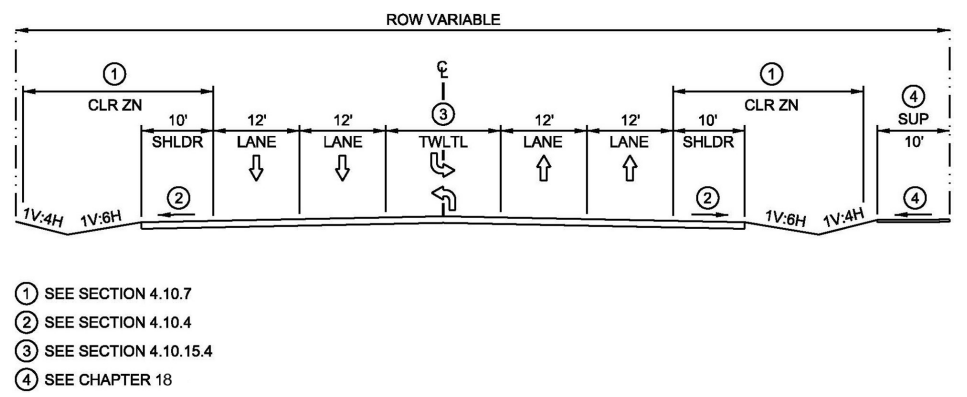
Figure 7-6: Rural Typical Section – Multilane Undivided with TWLTL